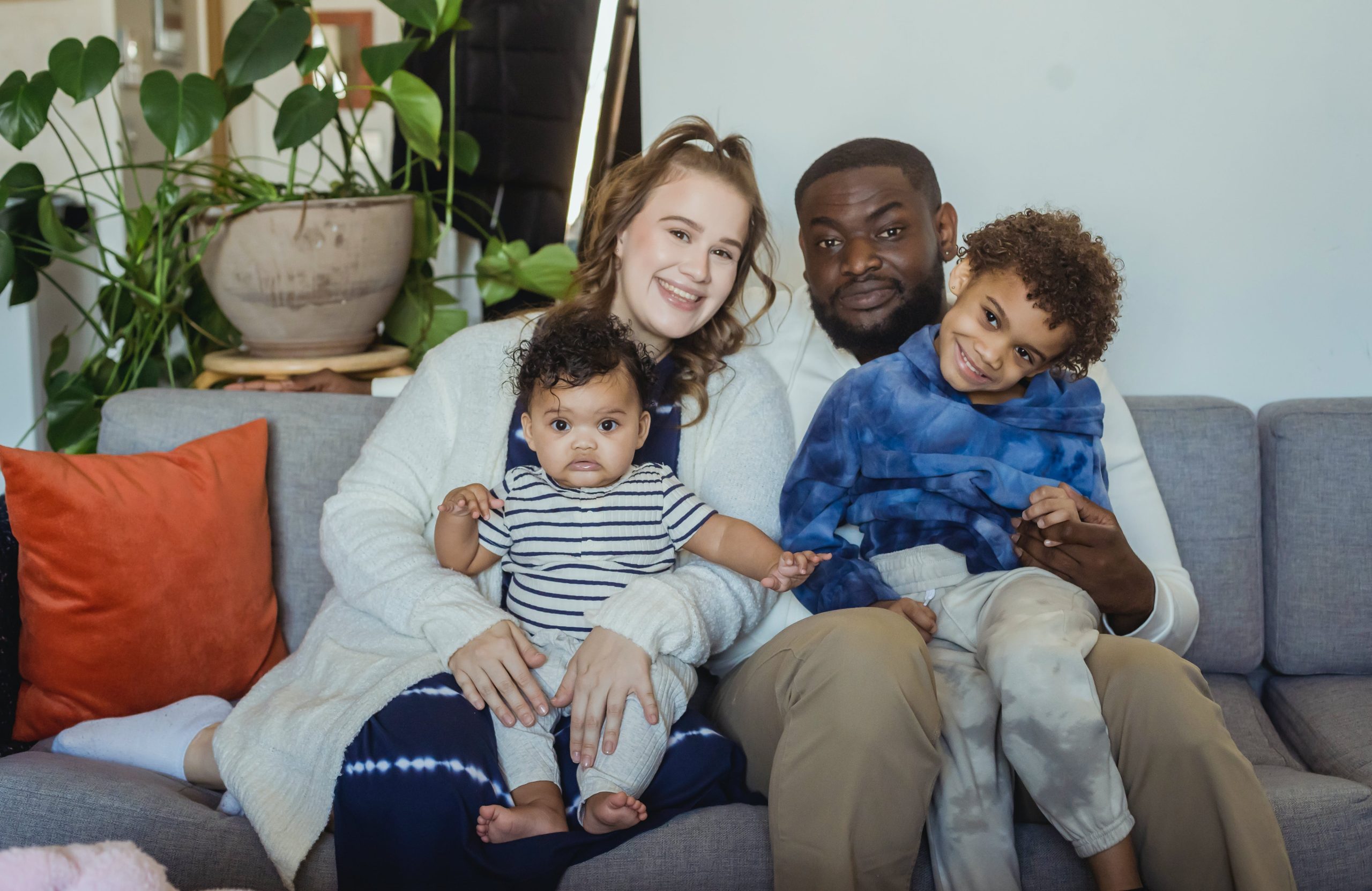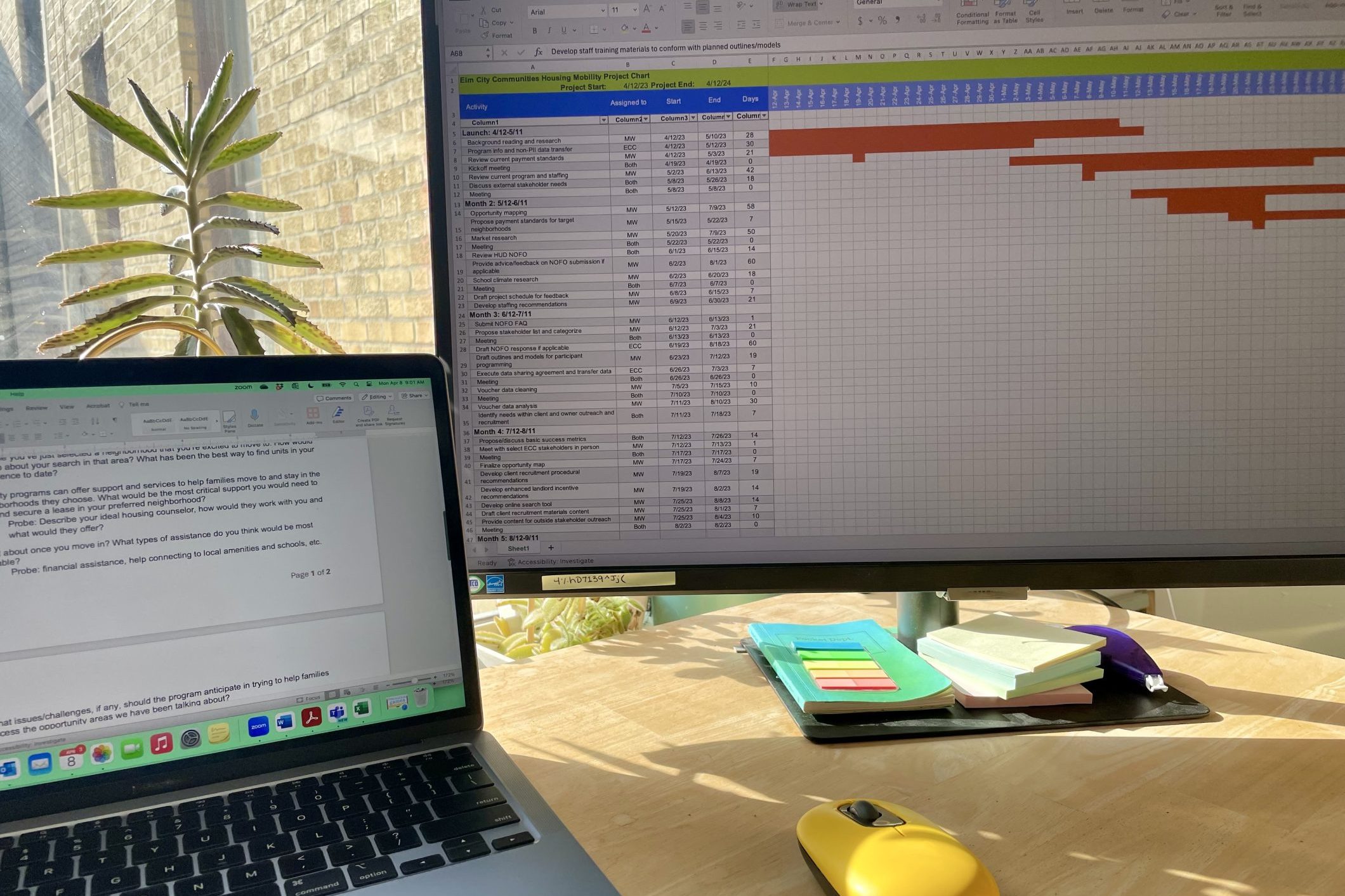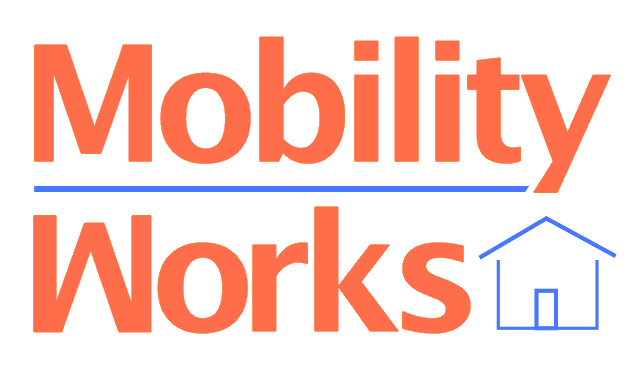
Mobility Works Technical Assistance
Mobility Works specializes in technical assistance for the development and implementation of housing mobility programs, with a primary focus on expanding housing choice. We emphasize the practitioner perspective and collaborate with a variety of individuals and organizations, including the Baltimore Regional Housing Partnership, Housing Choice Partners, the Inclusive Communities Project, and the Poverty & Race Research Action Council, to deliver our services.
Our advising services often start with an assessment of the current conditions of a Housing Choice Voucher program and proceed to design and implementation of a housing mobility program. We work with clients at various stages of thinking and planning for mobility and regularly assist with the following key steps:
Step 1:
Analyzing Housing Choice Voucher (HCV) families’ current distribution in relation to regional rental markets and poverty concentration, as well as availability of affordable rental housing in low-poverty neighborhoods.
Step 2:
Engaging key stakeholders and collaborating with other public housing agencies (PHAs) in the region whenever possible.
Step 3:
Creating an “opportunity map” or “mobility map” highlighting neighborhoods with low poverty rates and access to high-performing schools, employment opportunities, and favorable public health and environmental factors.
Step 4:
Selecting a priority outreach population for the mobility program, preferably starting with existing HCV families with young children who are living in high-poverty neighborhoods.
Step 5:
Establishing program-wide voucher deconcentration metrics, or targets to reduce the proportion of HCV families with children in high-poverty neighborhoods and increase the proportion in low-poverty or “high-opportunity” neighborhoods.
Step 6:
Adopting exception payment standards at 110% of the Small Area Fair Market Rent (FMR) in high-opportunity ZIP codes to enable access to available rental units.
Step 7:
Reviewing portability protocols to ensure broad regional access for families, which may involve exploring inter-PHA portability agreements.
Step 8:
Revising other PHA HCV policies to support mobility, which may include streamlining owner and participant paperwork, expediting inspections, extending voucher search time, improving apartment listings and client briefings, and other enhancements.
Step 9:
Developing a plan that clarifies the housing mobility program goals, scale, budget, staffing and training needs, service delivery partners, marketing and recruitment approach, participant- and landlord-facing program content, family financial assistance, and any landlord incentives.
Step 10:
Planning for monitoring and evaluation to effectively track program and family outcomes.
Step 11:
Conducting community outreach and engagement at multiple points during the development of the program.
Step 12:
Identifying potential funding sources at local, state, and national levels, including philanthropic and corporate funders, Community Development Block Grants (CDBG), state housing agencies, and the Department of Housing and Urban Development (HUD).
Step 13:
Implementing the program plan.
Need Technical Assistance?
For more information about Mobility Works technical assistance, email us at info@housingmobility.org
How can we assist you?




